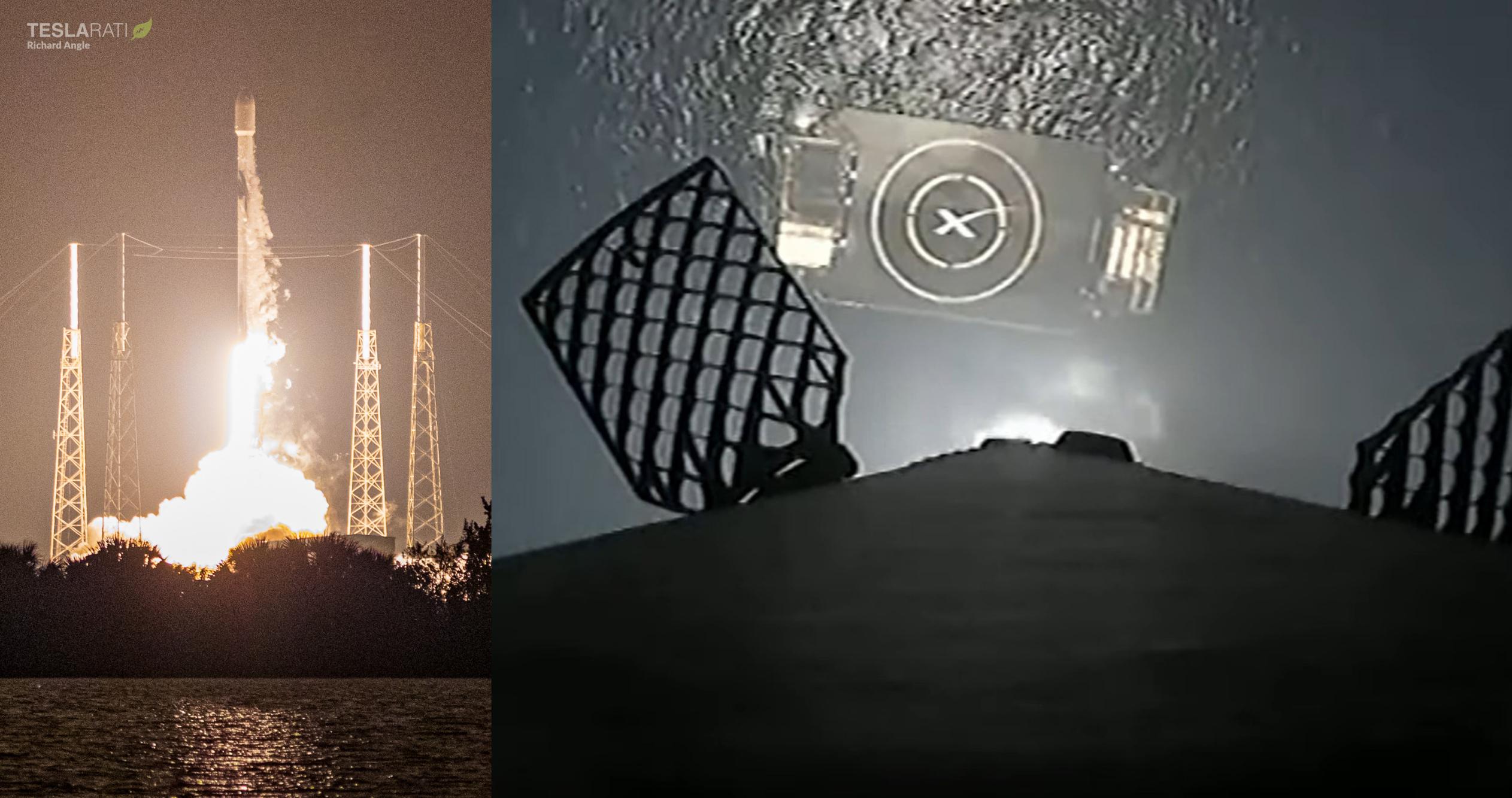
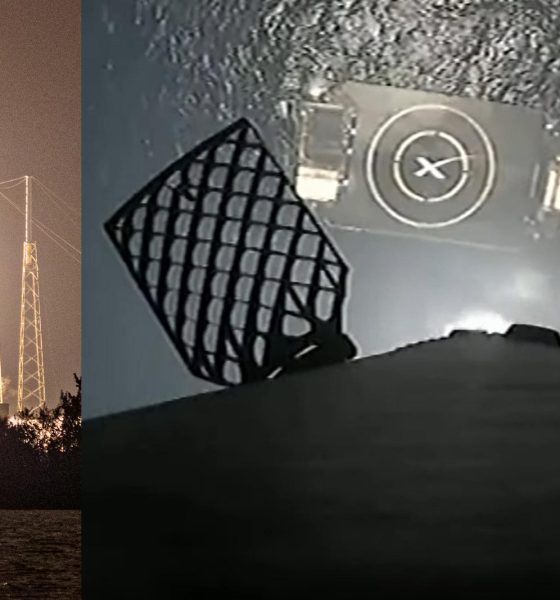
News
SpaceX Falcon 9 rocket sets reusability record, launches heaviest payload yet
SpaceX Falcon 9 booster B1051 has become the company’s ‘fleet leader’ after acing its 12th orbital-class launch and landing – a new record for the rocket family.
After a roughly 90-minute weather delay, Falcon 9 lifted off without issue around 12:48 am EST on March 19th. Booster B1051 touched down on drone ship Just Read The Instructions (JRTI) about nine minutes later, followed by the successful deployment of 53 Starlink V1.5 satellites just over an hour after launch. Starlink 4-12 was SpaceX’s 11th successful launch in the first 11 weeks of 2022. SpaceX CEO Elon Musk says that Starlink 4-12 was also the heaviest payload ever launched by Falcon 9, weighing in at 16.25 metric tons or ~35,800 pounds.
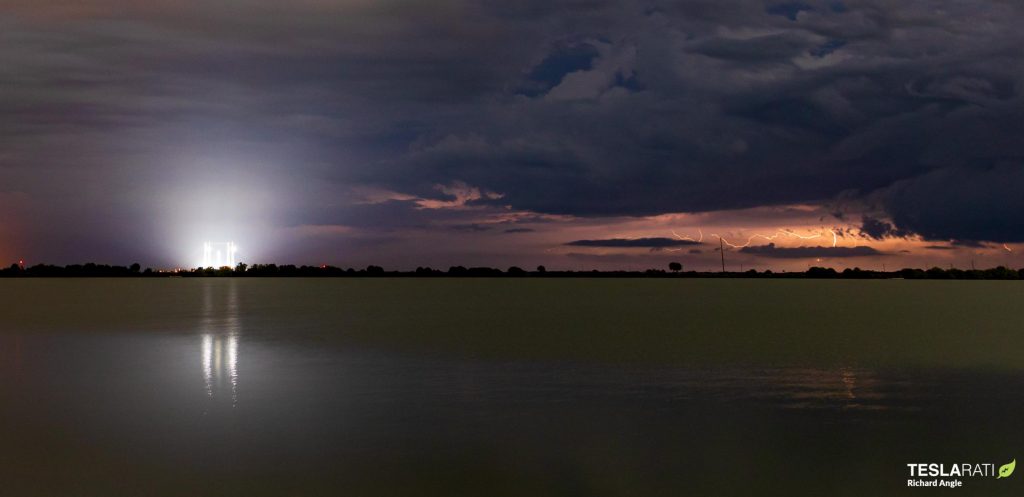
It’s not entirely clear how SpaceX was able to expand Falcon 9’s performance envelope or how far the envelope was pushed. In May 2019, Musk actually claimed that the Starlink V0.9 payload would weigh “18.5 tons” and be SpaceX’s heaviest payload ever, whereas three years later he says Starlink 4-12 set a new record of 16.25 metric tons. Assuming Musk was referring to short tons in 2019 and that SpaceX’s Starlink payload adapter and the tensioning rods that hold the stack together are roughly the same weight (~3 mT) three years later, the true total mass of Starlink 4-12’s payload could be as high as 19-19.5 metric tons (~42,000 lb). Its 53 Starlink V1.5 satellites, meanwhile, would weigh about 307 kilograms (~675 lb) each.
In other words, Starlink 4-12’s record-breaking payload could be up to 2.5 metric tons – about 15% – heavier than the Starlink V0.9 payload that set SpaceX’s internal record in 2019.
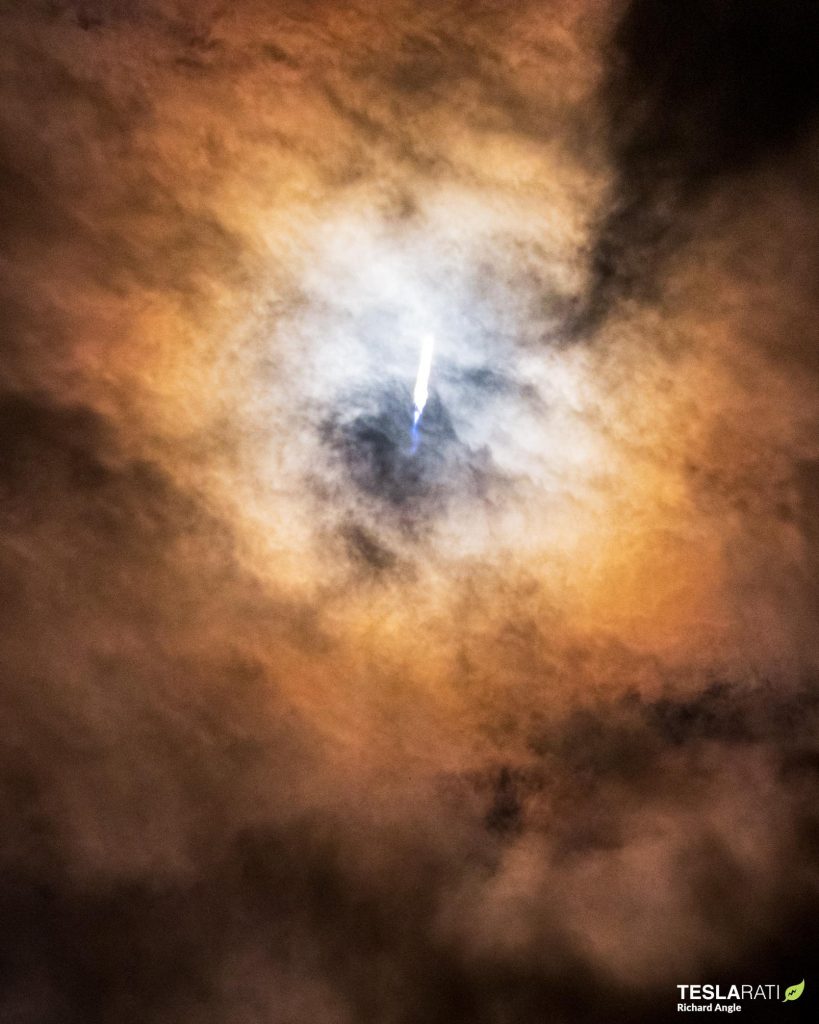
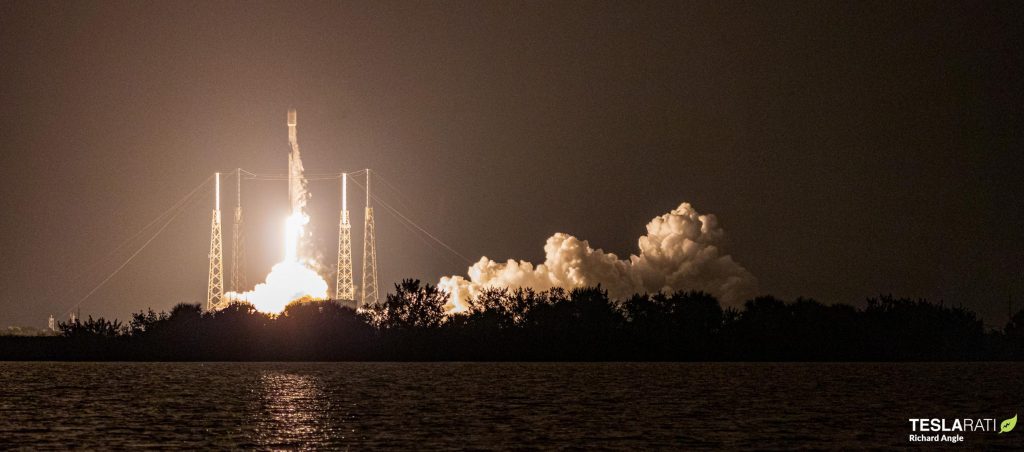
SpaceX says a Falcon 9 rocket is on track to launch Starlink 4-12 – a new batch of 53 satellites – no earlier than (NET) 11:24 pm EST on Friday, March 18th (03:24 UTC 19 March).
While ‘just’ the latest in an increasingly routine line of Starlink launches, SpaceX has confirmed that the mission will also set a new record for Falcon 9 reusability. Setting minor records is practically just as common for the average SpaceX launch but this particular record is more significant: if all goes according to plan, booster B1051 will become the first Falcon 9 first stage to complete 12 orbital-class launches and landings, pushing the envelope that much further.
The second oldest Falcon 9 booster that’s still operational, B1051 debuted in a significant way on March 2nd, 2019 by supporting Demo-1, Crew Dragon’s first uncrewed test flight. The launch was a perfect success and simultaneously kicked off the prolific careers of Crew Dragon and Falcon 9 B1051, both of which continue to have an excellent track record. Since Demo-1, B1051 has also supported the launches of Canada’s RADARSAT constellation, SiriusXM’s SXM-7 radio satellite, and 469 Starlink spacecraft spread over eight separate missions.
Starlink 4-12 will be its 12th launch and is set to occur just over two weeks after the third anniversary of its launch debut, translating to an average of one launch every three months or ~93 days. As an older booster and a fleet leader for several reusability milestones, B1051’s average turnaround time between launches – ~100 days – isn’t exceptionally impressive, though the booster has still accomplished a great deal.
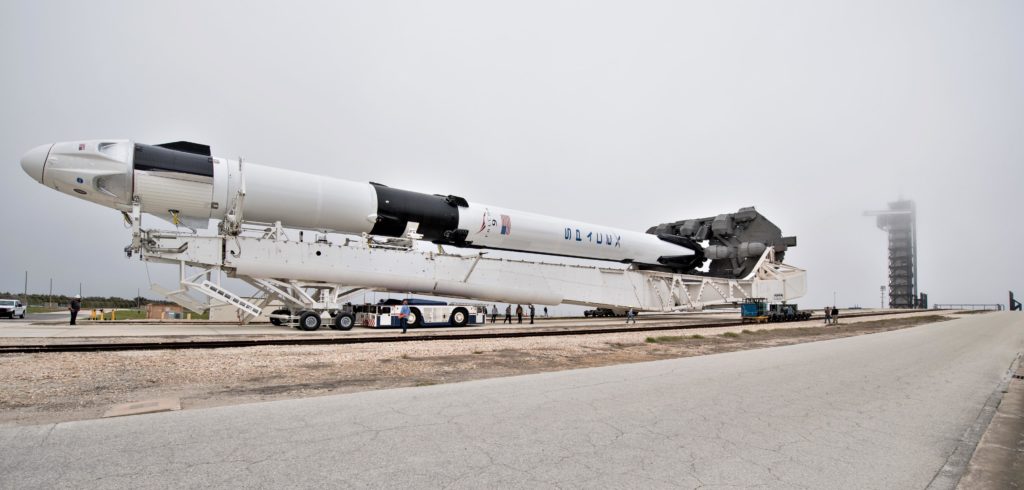
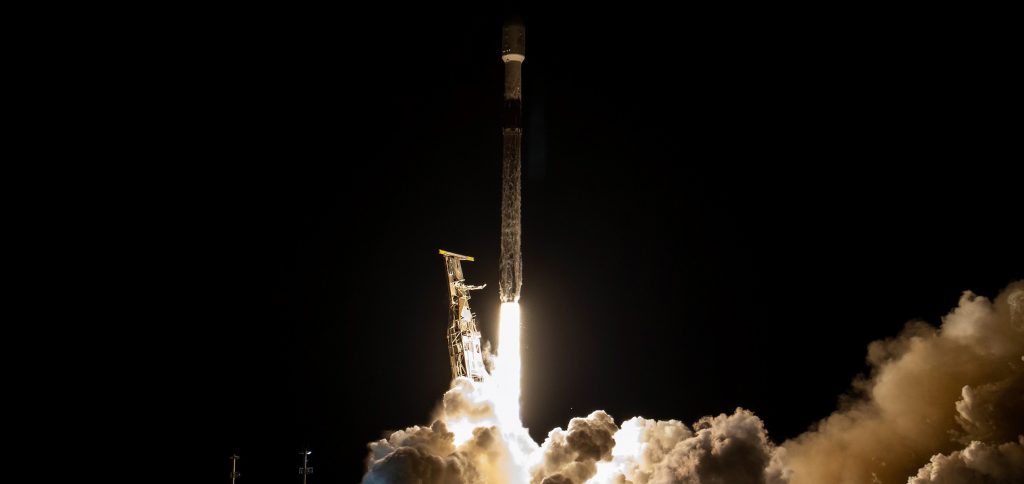
However, newer boosters like B1058 and B1060 – both of which have much faster average turnaround times – are tied with B1051 at eleven flights each. One of the two is almost guaranteed to supersede B1051 in the very near future and become SpaceX’s new fleet leader, meaning that either B1058 or B1060 is likely to be the first to set new reusability records after B1051’s 12th flight.
Falcon 9 B1060, for example, has flown 11 times in 611 days, averaging one launch every 55 days and 61 days per reuse. B1060’s last two turnarounds have been under 50 days. B1058 is very similar. In other words, both B1058 and B1060 could feasibly overtake B1051 as early as May or June 2022 and could both potentially complete their 15th, 16th, or even 17th launches before the end of the year.
As such, this could be Falcon 9 B1051’s last opportunity to lead SpaceX’s fleet of Falcon boosters. Tune into SpaceX’s official webcast to watch Starlink 4-11 live around 11:10 pm EST (03:10 UTC).

News
Tesla FSD fleet is nearing 7 billion total miles, including 2.5 billion city miles
As can be seen on Tesla’s official FSD webpage, vehicles equipped with the system have now navigated over 6.99 billion miles.

Tesla’s Full Self-Driving (Supervised) fleet is closing in on almost 7 billion total miles driven, as per data posted by the company on its official FSD webpage.
These figures hint at the massive scale of data fueling Tesla’s rapid FSD improvements, which have been quite notable as of late.
FSD mileage milestones
As can be seen on Tesla’s official FSD webpage, vehicles equipped with the system have now navigated over 6.99 billion miles. Tesla owner and avid FSD tester Whole Mars Catalog also shared a screenshot indicating that from the nearly 7 billion miles traveled by the FSD fleet, more than 2.5 billion miles were driven inside cities.
City miles are particularly valuable for complex urban scenarios like unprotected turns, pedestrian interactions, and traffic lights. This is also the difference-maker for FSD, as only complex solutions, such as Waymo’s self-driving taxis, operate similarly on inner-city streets. And even then, incidents such as the San Francisco blackouts have proven challenging for sensor-rich vehicles like Waymos.
Tesla’s data edge
Tesla has a number of advantages in the autonomous vehicle sector, one of which is the size of its fleet and the number of vehicles training FSD on real-world roads. Tesla’s nearly 7 billion FSD miles then allow the company to roll out updates that make its vehicles behave like they are being driven by experienced drivers, even if they are operating on their own.
So notable are Tesla’s improvements to FSD that NVIDIA Director of Robotics Jim Fan, after experiencing FSD v14, noted that the system is the first AI that passes what he described as a “Physical Turing Test.”
“Despite knowing exactly how robot learning works, I still find it magical watching the steering wheel turn by itself. First it feels surreal, next it becomes routine. Then, like the smartphone, taking it away actively hurts. This is how humanity gets rewired and glued to god-like technologies,” Fan wrote in a post on X.
News
Tesla starts showing how FSD will change lives in Europe
Local officials tested the system on narrow country roads and were impressed by FSD’s smooth, human-like driving, with some calling the service a game-changer for everyday life in areas that are far from urban centers.

Tesla has launched Europe’s first public shuttle service using Full Self-Driving (Supervised) in the rural Eifelkreis Bitburg-Prüm region of Germany, demonstrating how the technology can restore independence and mobility for people who struggle with limited transport options.
Local officials tested the system on narrow country roads and were impressed by FSD’s smooth, human-like driving, with some calling the service a game-changer for everyday life in areas that are far from urban centers.
Officials see real impact on rural residents
Arzfeld Mayor Johannes Kuhl and District Administrator Andreas Kruppert personally tested the Tesla shuttle service. This allowed them to see just how well FSD navigated winding lanes and rural roads confidently. Kruppert said, “Autonomous driving sounds like science fiction to many, but we simply see here that it works totally well in rural regions too.” Kuhl, for his part, also noted that FSD “feels like a very experienced driver.”
The pilot complements the area’s “Citizen Bus” program, which provides on-demand rides for elderly residents who can no longer drive themselves. Tesla Europe shared a video of a demonstration of the service, highlighting how FSD gives people their freedom back, even in places where public transport is not as prevalent.
What the Ministry for Economic Affairs and Transport says
Rhineland-Palatinate’s Minister Daniela Schmitt supported the project, praising the collaboration that made this “first of its kind in Europe” possible. As per the ministry, the rural rollout for the service shows FSD’s potential beyond major cities, and it delivers tangible benefits like grocery runs, doctor visits, and social connections for isolated residents.
“Reliable and flexible mobility is especially vital in rural areas. With the launch of a shuttle service using self-driving vehicles (FSD supervised) by Tesla in the Eifelkreis Bitburg-Prüm, an innovative pilot project is now getting underway that complements local community bus services. It is the first project of its kind in Europe.
“The result is a real gain for rural mobility: greater accessibility, more flexibility and tangible benefits for everyday life. A strong signal for innovation, cooperation and future-oriented mobility beyond urban centers,” the ministry wrote in a LinkedIn post.
News
Tesla China quietly posts Robotaxi-related job listing
Tesla China is currently seeking a Low Voltage Electrical Engineer to work on circuit board design for the company’s autonomous vehicles.

Tesla has posted a new job listing in Shanghai explicitly tied to its Robotaxi program, fueling speculation that the company is preparing to launch its dedicated autonomous ride-hailing service in China.
As noted in the listing, Tesla China is currently seeking a Low Voltage Electrical Engineer to work on circuit board design for the company’s autonomous vehicles.
Robotaxi-specific role
The listing, which was shared on social media platform X by industry watcher @tslaming, suggested that Tesla China is looking to fill the role urgently. The job listing itself specifically mentions that the person hired for the role will be working on the Low Voltage Hardware team, which would design the circuit boards that would serve as the nervous system of the Robotaxi.
Key tasks for the role, as indicated in the job listing, include collaboration with PCB layout, firmware, mechanical, program management, and validation teams, among other responsibilities. The role is based in Shanghai.
China Robotaxi launch
China represents a massive potential market for robotaxis, with its dense urban centers and supportive policies in select cities. Tesla has limited permission to roll out FSD in the country, though despite this, its vehicles have been hailed as among the best in the market when it comes to autonomous features. So far, at least, it appears that China supports Tesla’s FSD and Robotaxi rollout.
This was hinted at in November, when Tesla brought the Cybercab to the 8th China International Import Expo (CIIE) in Shanghai, marking the first time that the autonomous two-seater was brought to the Asia-Pacific region. The vehicle, despite not having a release date in China, received a significant amount of interest among the event’s attendees.








